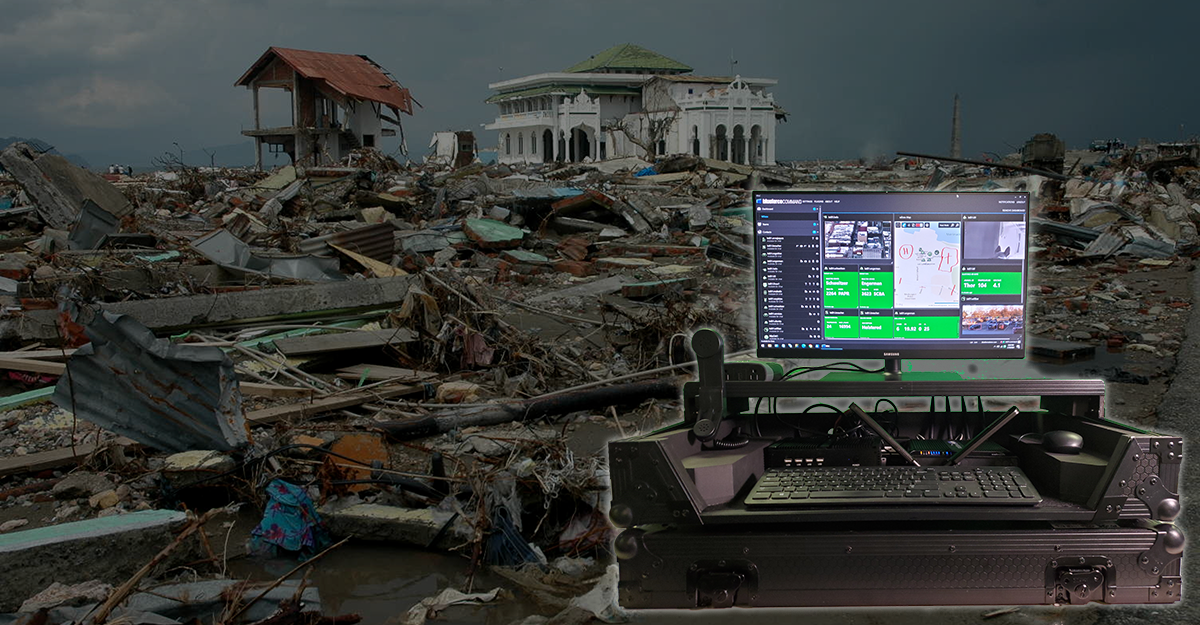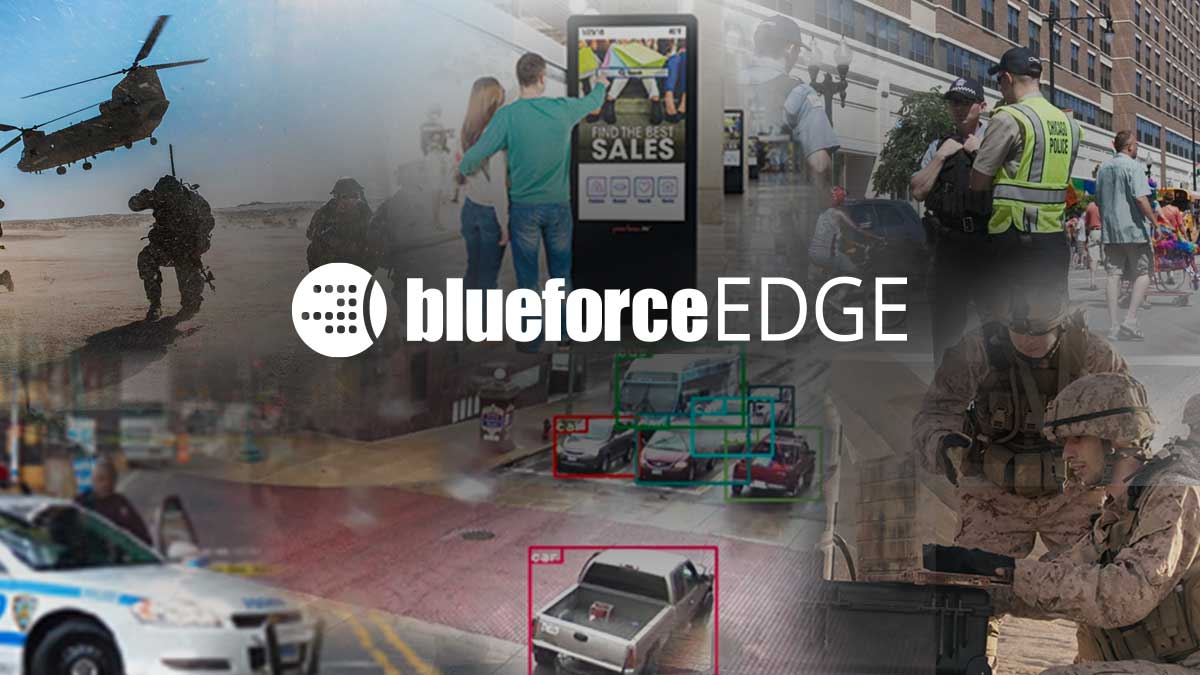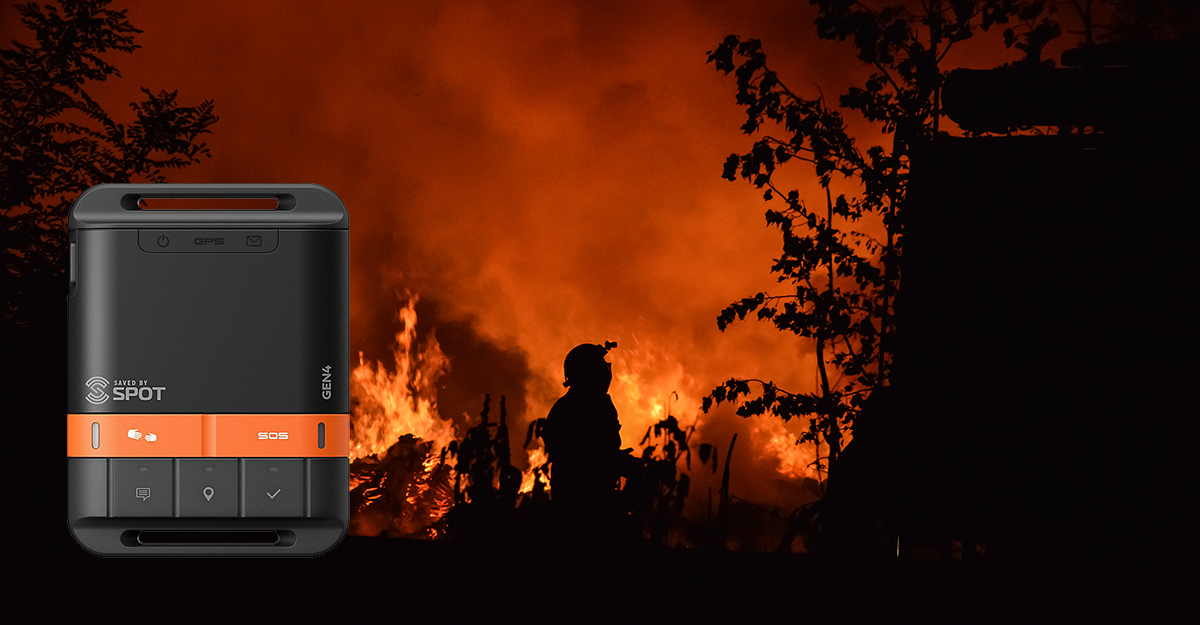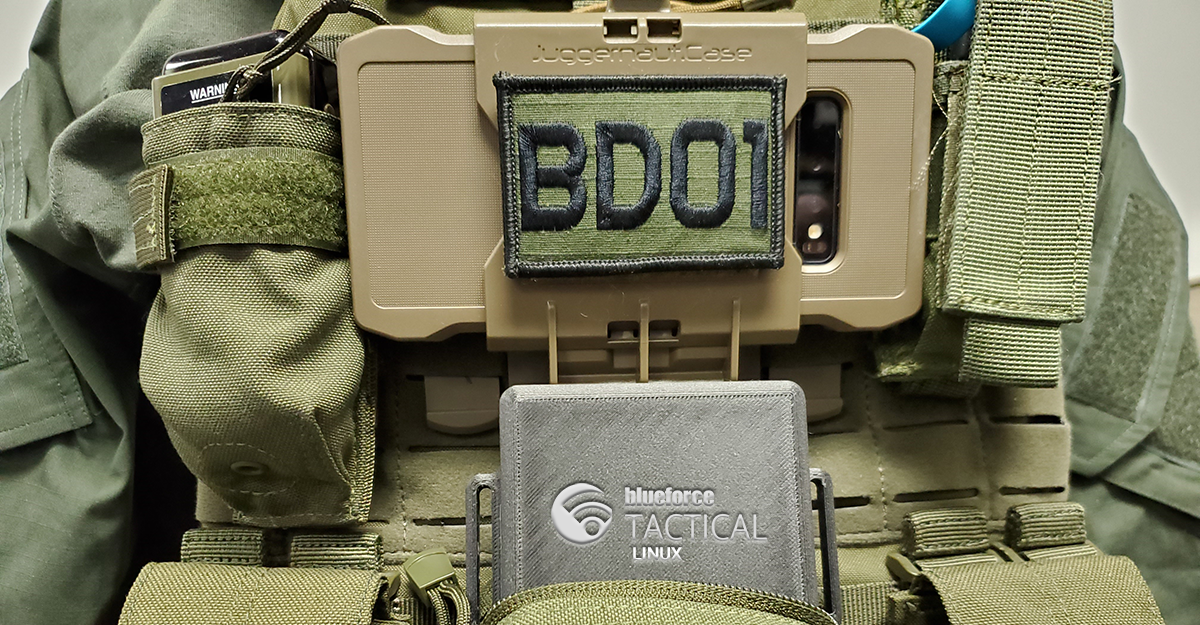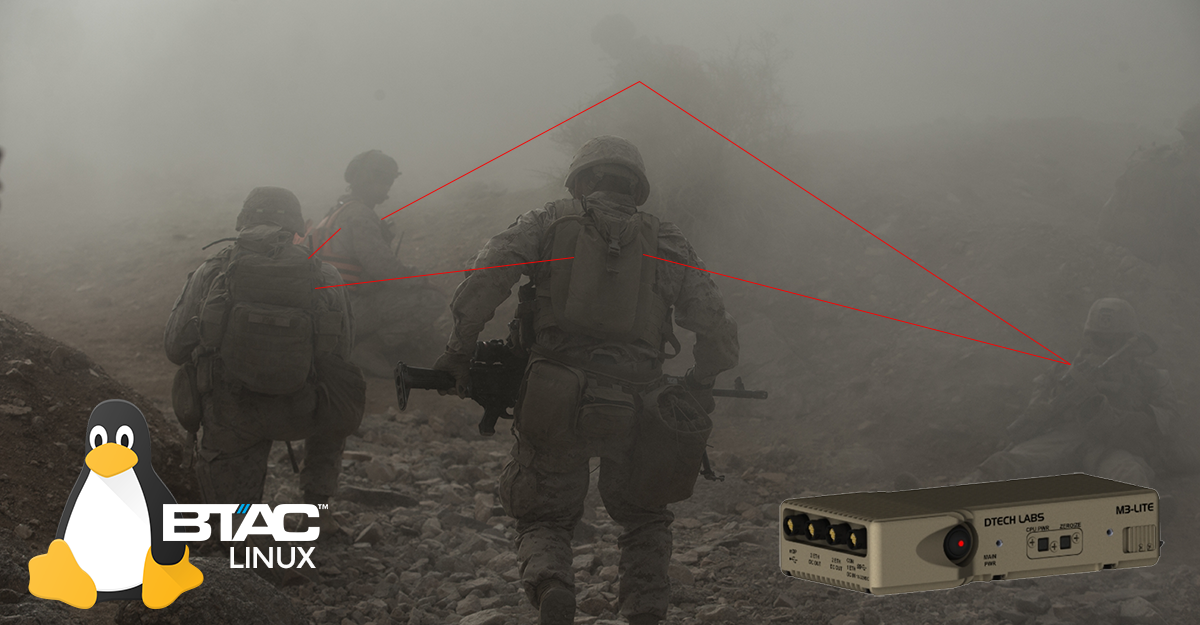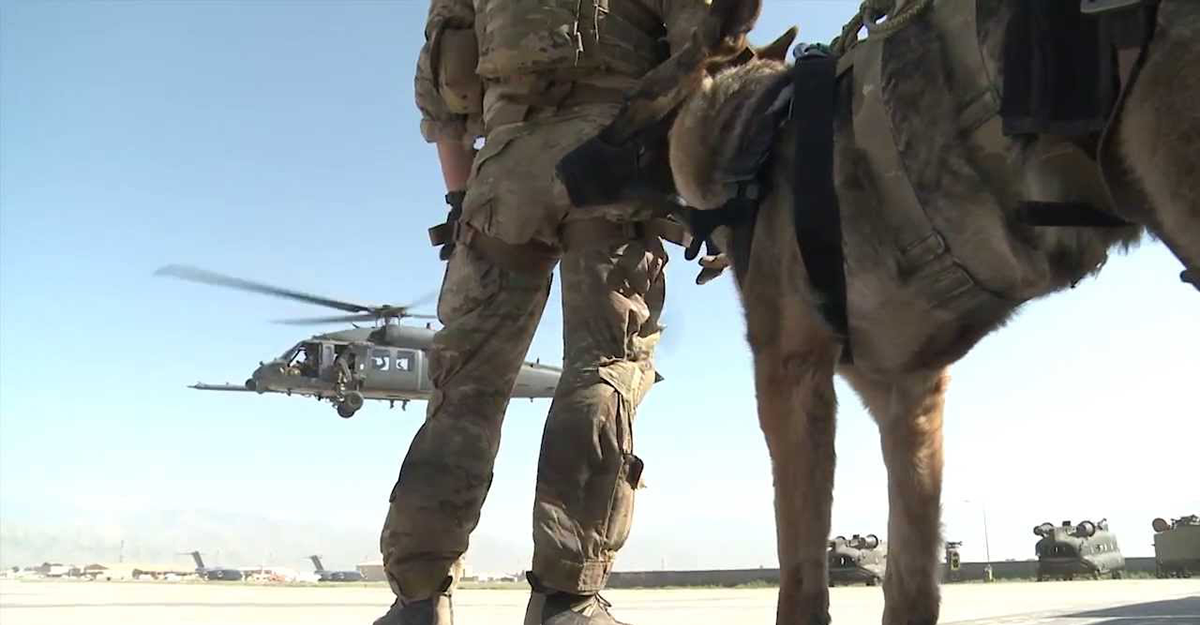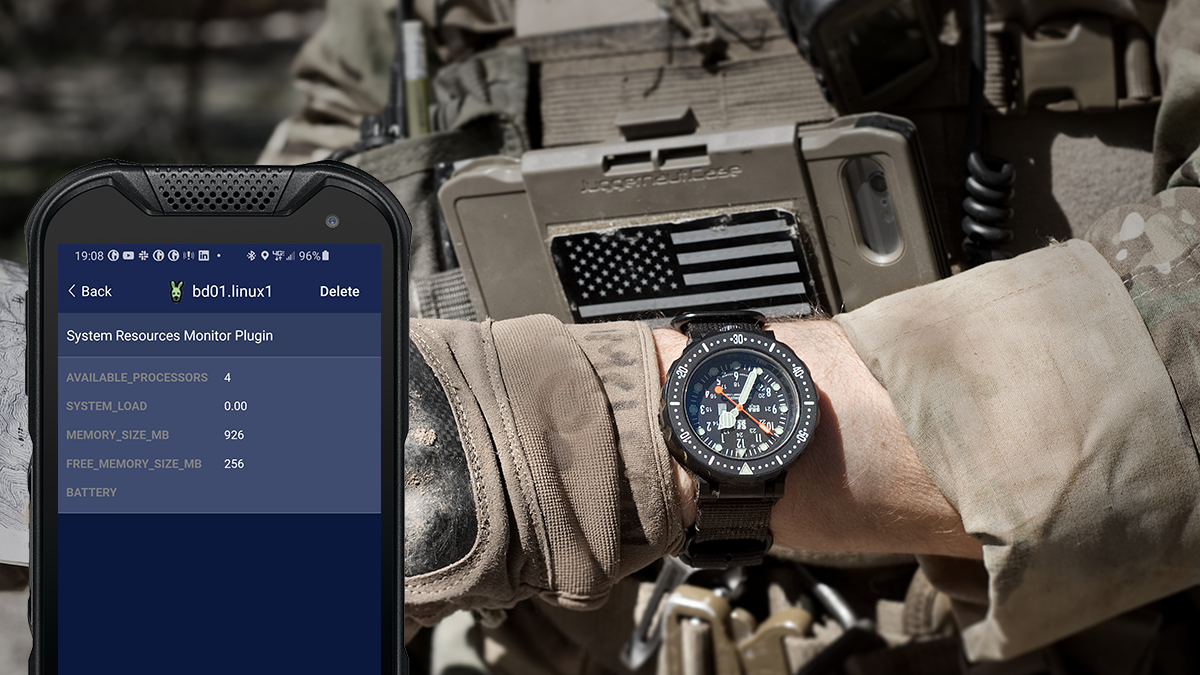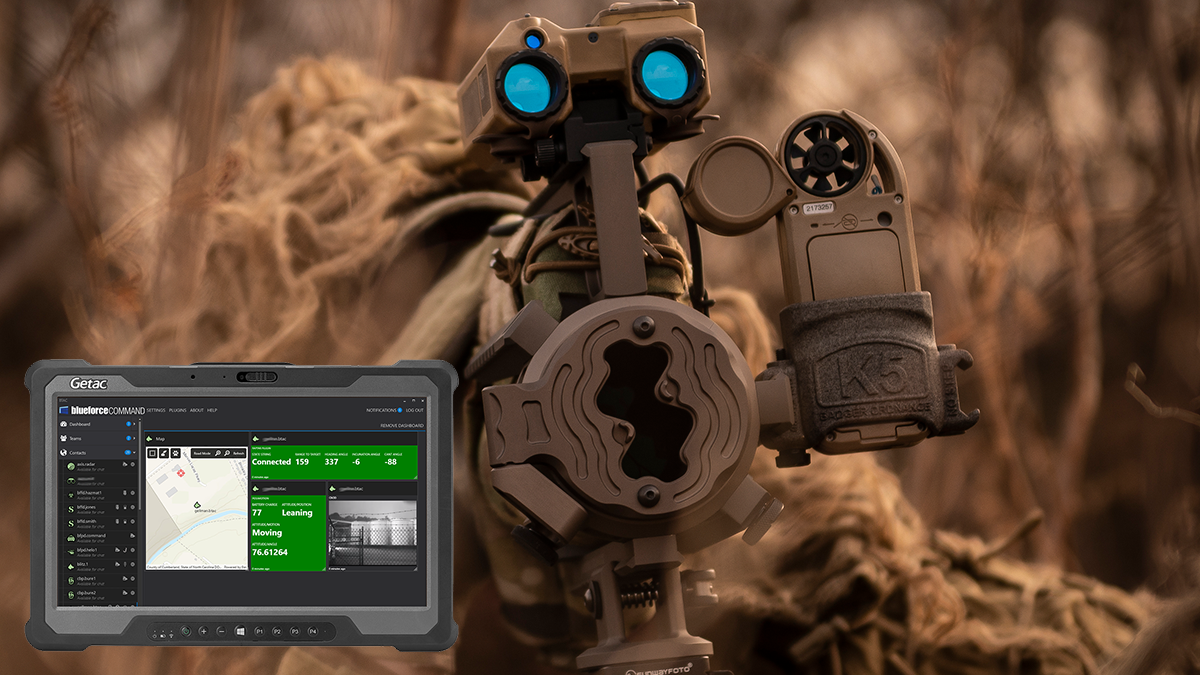Much like military conflict, manmade and natural disasters present similar challenges of uncertainty, complexity and variability. These time-constrained and chaotic decision environments require rapid adaptation and an ability to pivot quickly to changes in the environment. The complexity of the event, coupled with time compressed decision space and the severity of the potential consequences, creates conditions that are unforgiving of error. Given the austere and...
Read MoreThe 2022 Blueforce Texas Road Show
The 2022 Blueforce Texas Road Show gives you hands-on access to the latest in Public Safety, Safe Campus, and Autonomous Platform technologies. The Road Show kicks off Tuesday October 11, 2022 in Houston. For more information, click here…


